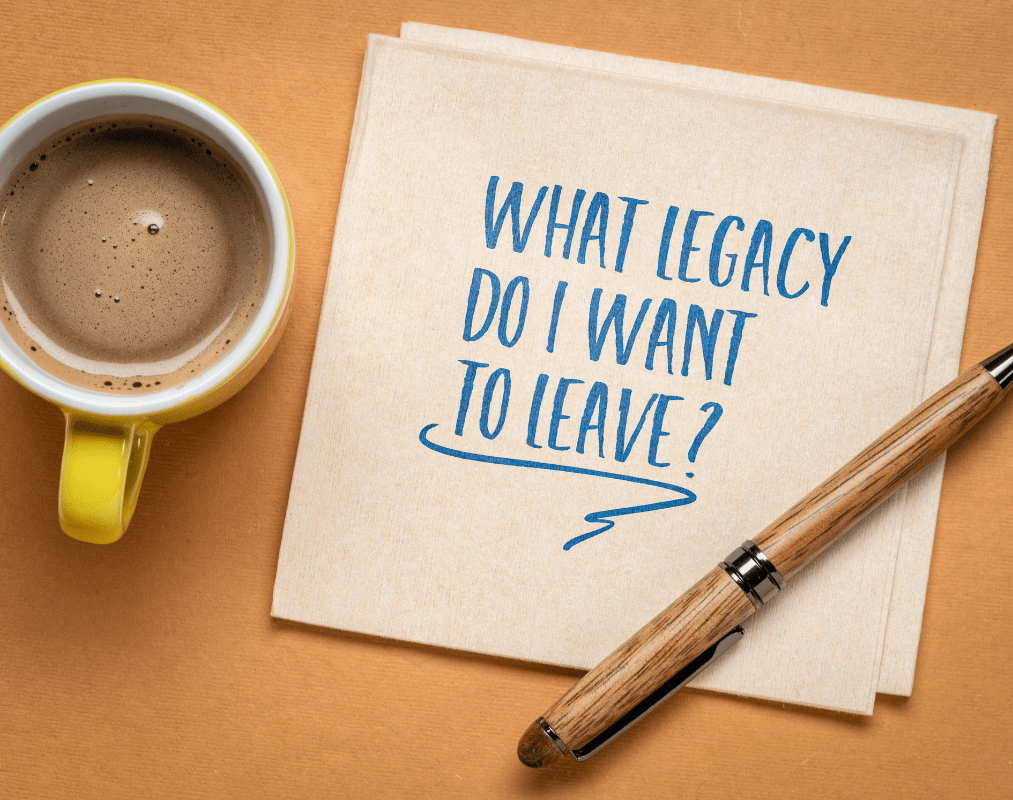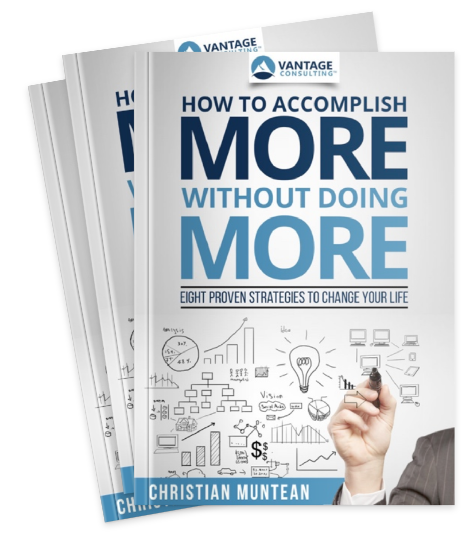How Founders Unintentionally Undermine Their Own Legacy

Despite building organizations that outlast most others, 75% of respected founders inadvertently damage their own legacy during succession.
Notes of frustration, a hint of sadness, followed by a finish of…is it resentment?
Several recent conversations carried these “flavors.” They were with key remaining leaders of different organizations where popular, respected founders had recently left.
In each case, they were trying to ‘make the best of it.’ And not just because they missed the founder. Often, they did. But the reality was, they were trying to make the best of a gilded mess.
The founder had left them with a complicated set of problems. Problems that are difficult for them to even talk about. To do so seems disloyal to someone that so many respect and admire.
These founders had all, unintentionally, tarnished their legacy. Some were tarnishing it further by trying to influence decisions from a distance. Most, if not all these founders, probably believe they are helping. But they aren’t.
If you don’t believe in ghosts – I do. I see them in organizations like this. Restless souls that find ways to make their presence known and remembered.
But first: What is a Founder?
When I say “founder,” I mean the kind of entrepreneurial leader whose vision built the organization in their image. Sometimes this person didn’t technically start the organization, but their leadership shaped it as if they had. They usually lead with a strong personality and a clear vision. And…usually, with a tight grip on wheel.
Because they are so highly respected – often not just within the organization but beyond it as well – they engender significant levels of loyalty. They are able to harness the enthusiasm and commitment of others and build organizations of consequence.
So far…mostly so good.
Then they announce their retirement (or whatever the reason is for moving on). It’s a bittersweet. They’ll be missed. People wonder about the future. Parties are thrown. Farewells given.
But over time – the sweetness fades and the bitter flavors start to come to the front.
In my experience around 3 out of 4 founder transitions get complicated. The research supports this. Most founders, as creative and innovative as they are, follow patterns. Many of which threaten the legacy they built.
What Founders Do That Undermines Their Legacy
Founders, as I’ve defined them, often have a high degree of creative or entrepreneurial spirit. This usually is accompanied by an equally high desire for autonomy. The result of this is building organizations that are ‘purpose built’ to fit the founder. This tends to manifest in two different ways:
- A lack of guiding oversight. If the organization has a board (for profit or non), the board was usually recruited or structured by the founder to support their vision – not to provide accountability or oversight. This is true for partnership teams or shareholder-based boards as well. As a result, the individual directors never learn to provide actual governance. Or, they learn not to.
- Loyal lieutenants. Founders nearly always staff their direct reports with very loyal ‘doers.’ These are often very skilled people who are good at bringing the founder’s vision into reality. By personality, preference, and conditioning – they learn to execute, not to lead. As a result, the organization never learns to lead from within. It never builds the kinds of muscles that provide direction, think innovatively, or pivot when needed.
- Identity enmeshment. Many founders built their identity, their standing in the community, their sense of purpose and so on – through their position with the organization. That’s understandable. But, when approaching their transition out, they tend to subconsciously cling to their identity. This often leads to delayed departure or ‘formally informal’ ways to stay involved. Ultimately, it often leads to what I call ‘ghosts.’
Whether an organization has at least one of these dynamics at play – the likelihood is high that it will struggle when the founder departs.
Founders often assume that finding the right successor is the hard part.
It isn’t. It’s the ramp-up period afterward—when the new leader is trying to gain traction inside a founder-shaped culture. That’s where most transitions collapse. Research shows 50% to 70% of executive leaders fail within their first 18 months. These failures aren’t usually due to incompetence—they’re often due to unaddressed dynamics left behind by the founder. When that happens, the cost isn’t just reputational—it’s financial. For mid-sized organizations, a failed transition can bleed millions in stalled growth, lost clients, and fractured teams.
Additional Dynamics at Play
Legacy focus instead of future focus: Founders tend to want to preserve the legacy of yesterday’s vision, not the foresight needed to succeed now.
Inaccurate understanding of their ‘secret sauce’: Many successful founders lead in ways that were intuitive to them. They often misidentify the key drivers of their success or apply them out of context to future needs.
A desire to prove personal significance: Some leaders subconsciously want to prove that no one else can do the job as well as they did. Most aren’t aware of it. They just know they don’t feel good when they aren’t needed.
So, what does the conscientious founder do?
Build a compelling, personal ‘next chapter’ vision. Create an exciting vision for your future. One that draws you away from the organization. It needs to be more than golf or grandkids. You need something to direct your energy and legitimate needs for purpose, contribution and creativity.
Build organizational leadership capacity. Give away authority. Implement succession planning 2-3 years in advance. Create board independence. Develop internal candidates. Document key processes.
Because succession planning often feels vague and confusing, I’ve built a DIY guide called the Succesion360™ Toolkit. It includes best practices, templates and a step-by-step process that you can put to work immediately. Download it for free here.
Execute the transition properly. Let the board lead. Provide input, not control. Create initial separation periods. Limit your role if staying involved. Establish clear communication protocols.
Teach the organization to build its own vision. Let them sail into waters you haven’t explored. Don’t let your vision become their anchor.
Boards Must Lead, Not Just Approve
A founder’s reluctance can derail succession, but passive boards are equally culpable. Effective boards don’t merely endorse succession plans—they actively shape and enforce them. When boards defer to founders out of loyalty or discomfort, they risk the organization’s future.
If you are a founder
Your final act of leadership—at least with this organization—isn’t launching something new or preserving something old. It’s executing a clean, complete handover that allows others to build something even bigger.
Need help making that happen?
Download the free, industry-leading Succession360™ Toolkit—a field-tested roadmap for building lasting leadership, smooth transitions, and a legacy that inspires. If you’d prefer direct support, contact me here.
You can’t control the future.
But you don’t have to haunt your legacy.
Take good care,
Christian
Categories
Get Christian’s Newest Book: Train to Lead

Download my free 10-page eBook:
How To Accomplish More Without Doing More:
Eight Proven Strategies To Change Your Life
Discover how to save eight hours during your workweek-even if you're too busy to even think about it. The resource every maxed out executive needs.